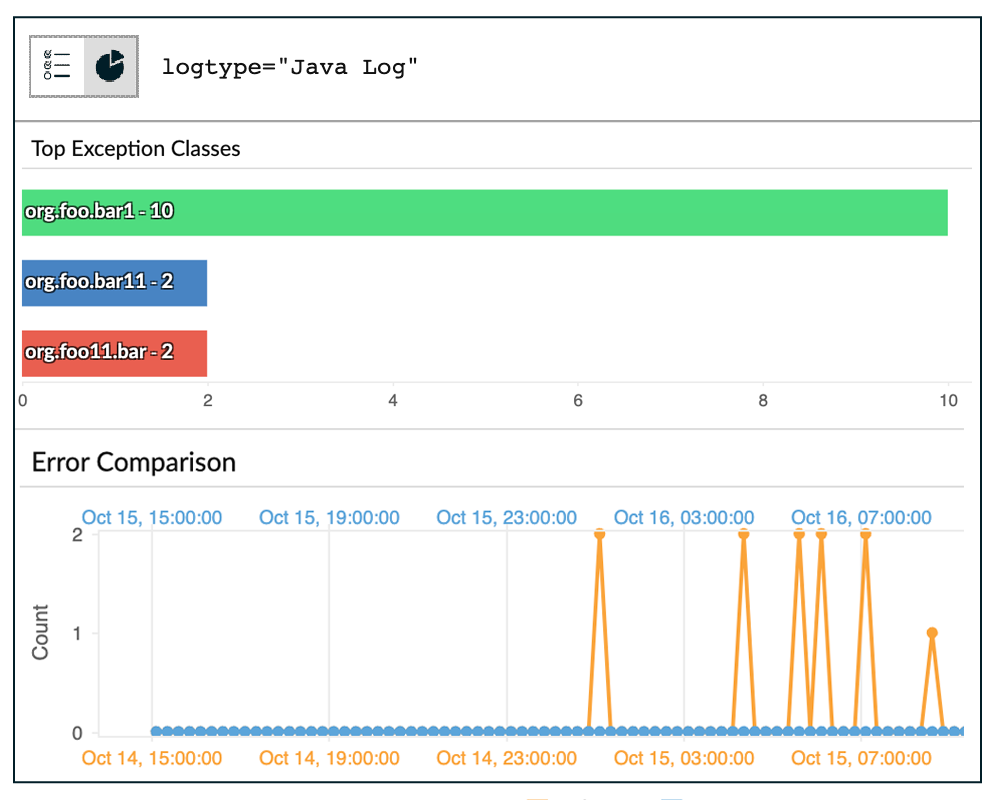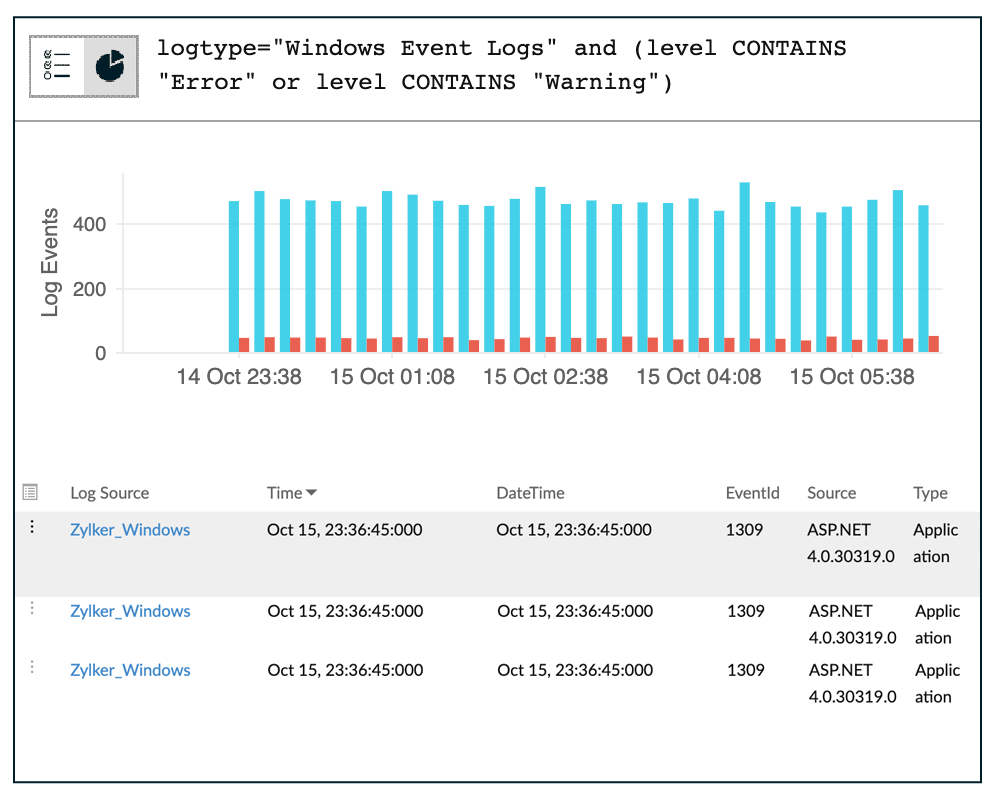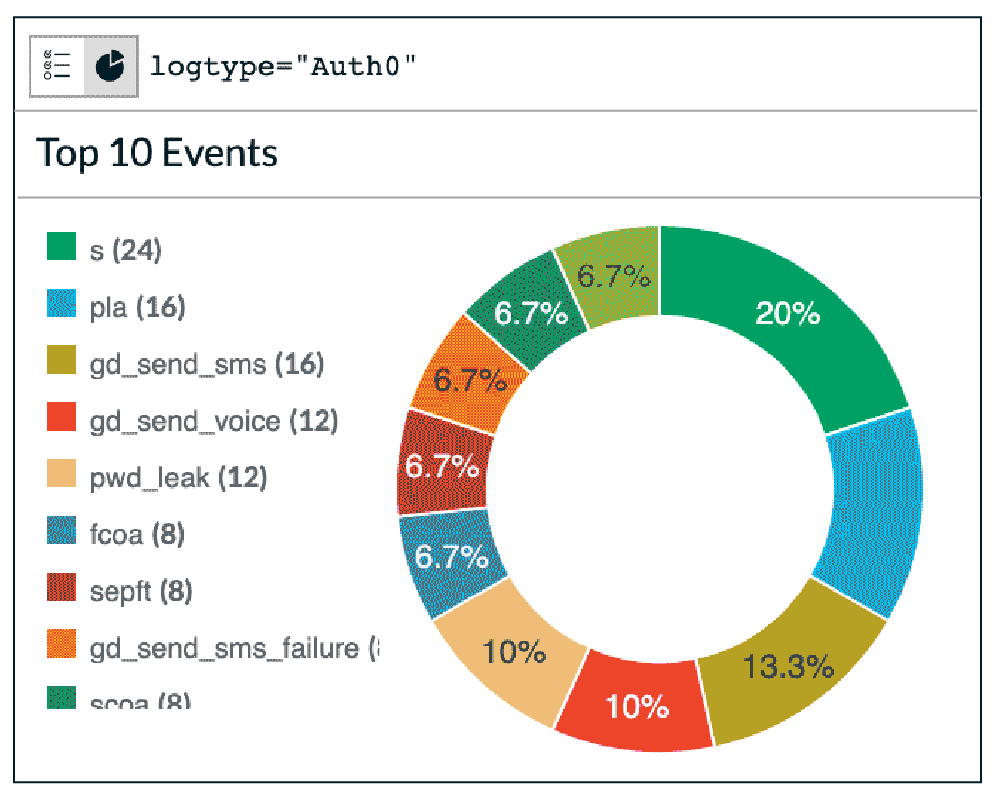What is log management?
Log management helps to collect, parse, store, and analyze log data from any source, such as servers, applications, containers, microservices, and cloud environments, for efficient troubleshooting and analysis.
Log management plays a crucial role in modern businesses facing complexity due to a hybrid workforce, hybrid storage, and intricate networks driving digital change. Comprehensive log data analysis is essential for efficient troubleshooting and analysis, as it allows businesses to examine logs from multiple sources to identify issues and their effects. Log management is vital for optimizing performance, maintaining compliance and security for applications and infrastructure, and achieving scalability as your needs grow.
Start 30-day free trial Try now, sign up in 30 secondsWhat is centralized log management?
Centralized log management is a consolidated approach that allows DevOps and IT teams to analyze system, application, and security logs from one place. A centralized management system collects unstructured logs from different sources and pushes them to a unified console where different logs can be compared and analyzed using a unified interface. This reduces the mean time to repair (MTTR).

What are the steps involved in the log management process?
Log management involves several key processes:
Log collection
Gather logs from servers, microservices, containers, network devices, and different applications, such as IIS, Cassandra, Apache, and the cloud, using log collectors or agents.
Log consolidation or centralization
Store logs in a centralized repository and view them in one place for easy troubleshooting. Having all your logs in one place provides context and actionable insights to investigate issues and prevent problems.
Log indexing
Organize and split log data into multiple tokens and store them in indexes to perform faster searches in billions of log lines.
Log analysis
Analyze logs to debug issues and anomalies and identify the root cause of performance degradation. This involves searching, filtering, and viewing the log data using intuitive dashboards and reports.
Log alerting
Set up alerts based on predefined criteria to notify administrators of critical events or anomalies in real time.
Archiving and retention
Store critical logs longer to comply with regulatory requirements, and archive logs for long-term reference.
Why is log management important?
When something goes wrong in your application, it's tough to find the root cause of the issue without checking the logs. Developers and DevOps teams often rely on application logs to detect and locate bugs during development and in production. Quickly identifying and rectifying issues is critical to improve application performance.
Log management is essential in:
Fixing issues such as external database call failures, application exceptions, and file upload failures.
Collecting and managing large-scale logs from multiple sources using a single interface.
Consolidating logs based on type.
Indexing logs for easy and intuitive searching.
Correlating all your log metrics on a customizable dashboard.
Generating custom reports for valuable log insights and trends.
Searching through a wide range of logs and filtering out the required fields for troubleshooting.
Easily scaling up to manage a growing volume of logs.
How do you manage logs?
You can manage your logs using log management tools like Site24x7. Log management tools collect your logs, analyze them, and present them as intuitive dashboards and reports so that you can identify issues and obtain actionable insights to execute corrective measures accordingly.
How does our cloud log management system work?

Our log collection agent comes bundled with Site24x7's Server Monitoring agent. Once you've installed the agent, our log management tool will auto-discover and list the log types (100 different log types are supported by default by Site24x7) available in your server.
Once you confirm log collection, the agent will collect and push your logs to our storage server for full-fledged log management.
You can view the data within a few minutes after installing the agent and begin searching using keywords from our web client.
Use query language with various operators to filter out invalid values and get actionable results easily.
You can also receive email, SMS messages, voice calls, and instant messenger alerts about issues.
Manage your logs within a single dashboard across all your associated servers.



